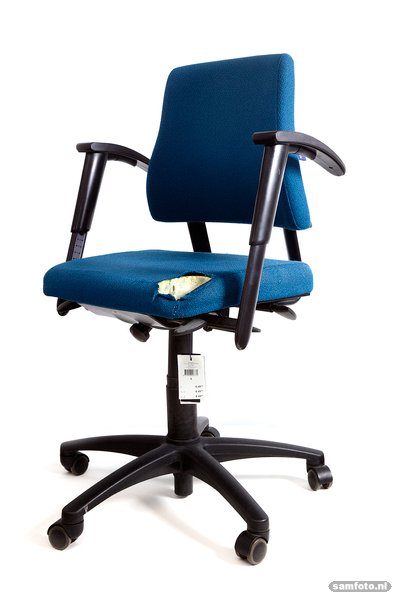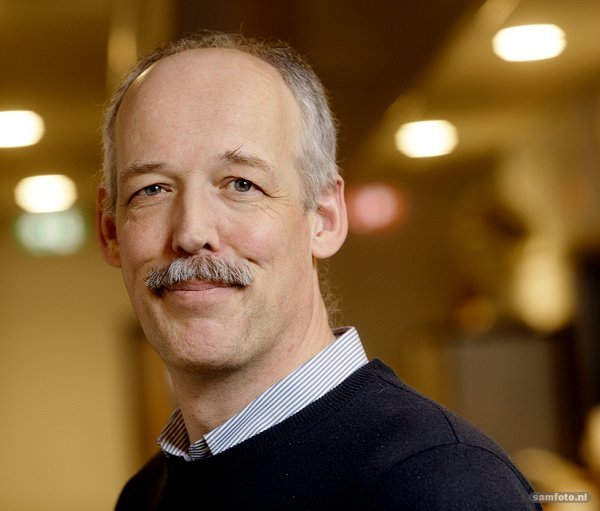‘There’s a lot of money in reusing materials’
Having previously worked in the waste sector, assistant professor Jan-Henk Welink (ME) knows how to translate the sustainable management of raw materials into business concepts. He organises courses, seminars and workshops to teach senior managers about the opportunities that are available in a circular economy.
Jan-Henk Welink doesn’t just talk the talk, he also walks the walk. The corner of his chair is worn, but that is no reason to throw it away. That chair is worth at least € 50, he estimates, and the manufacturer would easily put a new cover on it. His mobile is small, outdated and covered in scratches, but he still uses it to make calls.
In 2011, he set up a knowledge platform for the sustainable management of raw materials, of which he is also the secretary. The website is full of information about circular purchasing, life-cycle analysis, the collection of separated waste, the value of electrical waste and behavioural change.
The crux of the matter can be summarised by one formula:
Mp=N.W.(1-R)/L
Mp is the quantity of a particular material that is used annually, N is the number of devices, W is the quantity of that material per device, R is the part that is recycled and L is the lifetime in years.

Photo (c) Sam Rentmeester

Photo (c) Sam Rentmeester
The formula applies just as well to neodymium in magnets as to gold and coltan in mobile phones. Sustainable resource management aims to minimise Mp consumption by changing the values of N, R and L.
R gets closer to 1 as people throw away less, maintain products better, and share, refurbish, reuse, repair and recycle more. To illustrate his point, Welink refers to the butterfly diagram produced by the Ellen MacArthur foundation and the cheerful Krijg de Kleertjes initiative.
N, the number of devices, decreases in a sharing economy since it is more popular to rent things like tools and cars. Greenwheels and Swapfiets are examples of successful business models that build upon the idea of sharing goods.
A longer lifetime, L, reduces the use of raw materials, but this runs counter to the linear ‘Action’ model of producing as many things as possible that have to be replaced as quickly as possible. In rental business models, however, it is actually an advantage if a device lasts a long time because more customers can use it, for example, washing machines for which people pay per wash or lift installations with long-term rental contracts.
“N and L both offer opportunities for new business models,” Welink tells his trainees from the worlds of business and manufacturing, “and the government can exert influence by setting rules and circular purchasing policies.” (JW)
See also: